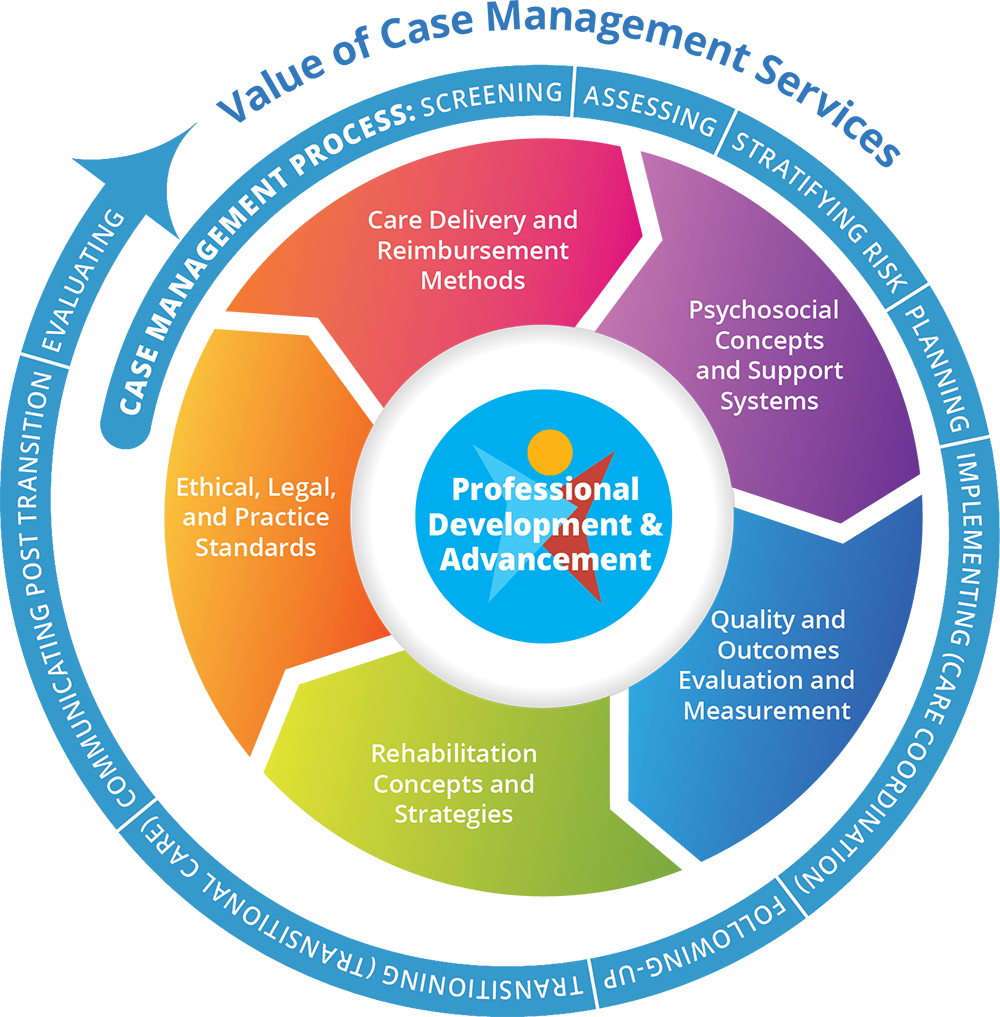It could be difficult for your patients to hear the words, “Don’t smoke.” It’s been pounded into their brains for years. But, despite all the warnings, people still smoke. And smoking has a direct link to COPD. In fact, it’s the main risk factor for the disease. It’s also the most common trigger to set off an asthma attack.
The younger a patient was when they started smoking, the more vulnerable they are now to respiratory disease. Smoking as a child and as a teenager can slow down the lungs’ growth and development—increasing the risk of getting COPD as an adult. Tobacco smoke is unhealthy for everyone, especially for people with asthma.
Secondhand smoke from cigarettes, cigars, or pipes can make your patients’ COPD or asthma worse. So it’s important for the places where your patients live, work, and visit are smoke-free
21% of people with asthma are smokers and patients with asthma should not smoke. Another important reason for your patients to quit.
The COPD-Smoking Link
- Nearly 8 out of 10 deaths are a result of smoking
- The severity of COPD symptoms depends on the extent of the damage to the lungs. If patients continue smoking, the damage will get worse
- In 2011, 15 million American adults were diagnosed with COPD
Tools For Quitting Smoking
Smoking is an addiction, both mentally and physically. Fortunately, there are several tools that can help make stopping smoking a reality. Most people will need a combination of them: medicine, a methodology to change personal habits, and emotional support.
Here are some of the ways to help your patients quit:
-
Nicotine-replacement therapy (NRT).The nicotine in cigarettes leads to physical dependence and can cause unpleasant withdrawal symptoms, making it more difficult to quit. NRT gives patients nicotine but not the other harmful chemicals found in tobacco. This helps to relieve physical withdrawal symptoms so patients can concentrate on the emotional aspects of quitting. Studies show that using NRT can almost double the chances of success in quitting. The best time to use NRT is when a patient first quits.
There are some smokers who should not use NRT. People who continue to smoke, pregnant women, and teens should stay away from NRT. All patients should speak to their healthcare provider before starting NRT or any other quit-smoking methodology.
NRT comes in several forms: gum, patches, sprays, inhalers, and lozenges. The delivery system should be based on the patient’s habits and preferences
-
Prescription drugs. There are a few prescriptions that have been found to help smokers quit. Some can be used in conjunction with NRT. Others must be started weeks before the day a patient decides to quit. As always, patients must discuss with their healthcare provider whether or not a prescription drug is right for them.
-
Emotional support. Physical withdrawal is only half the equation for smoking cessation. The mental cravings can be even more challenging for patients. Fortunately, there is support for the emotional side of quitting smoking, with counselors who can help with everything from listening to sharing tips and insights:
- Telephone-based help with trained counselors, available day and night
- Quit-smoking programs and support groups, such as Nicotine Anonymous® and groups sponsored by the American Cancer Society, the American Lung Association, or your local hospital
- One-on-one counseling with a trained professional
- Network of family and friends to lend a helping hand when a craving hits
- Workplace, hospital or wellness centers may offer support programs
Try, Try Again
Encourage patients to continue trying to quit smoking if they relapse. Most people go back to smoking within the first month of quitting because of withdrawal symptoms. It can take up to 10 times to finally be free of smoking.
Other Ways to Quit Smoking
The following methods have helped some people quit smoking,
but they have not been studied extensively:
- Cold turkey
- Gradual withdrawal
- Electronic cigarettes
- Hypnosis
- Acupuncture
- Magnet therapy
- Herbs and supplements
- Mind-body practices such as yoga and meditation
Two to five years after quitting smoking, the risk of stroke is the same as a non-smoker!

